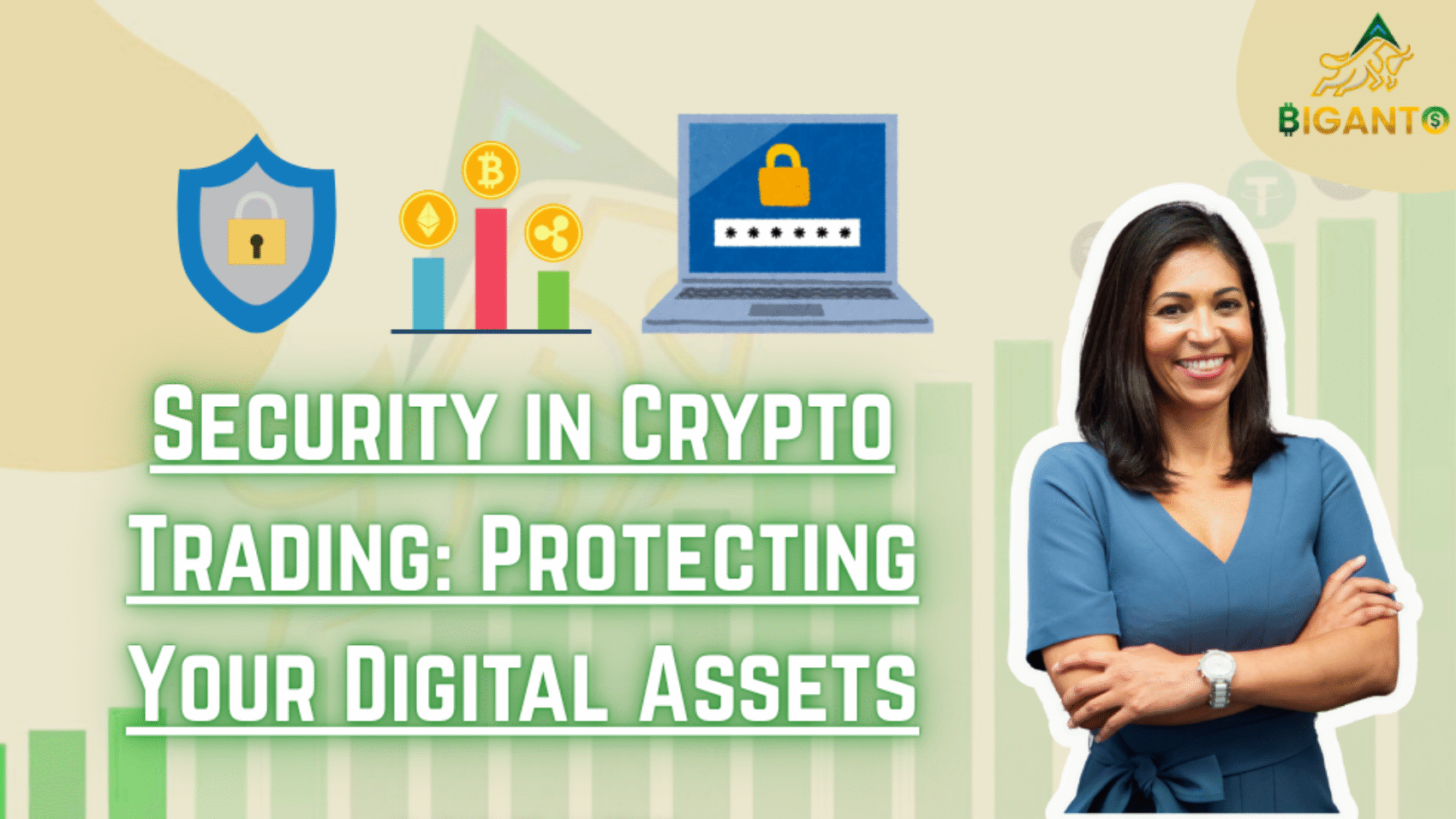Introduction
As the cryptocurrency industry continues to grow, so do the risks associated with trading and storing digital assets. From exchange hacks to phishing scams and wallet breaches, the landscape is filled with threats that can drain your portfolio in seconds. Whether you’re a casual investor or a seasoned trader, crypto security is not optional—it’s essential.
In this post, we’ll explore the key threats in crypto trading and share practical steps to safeguard your digital assets from theft, fraud, and human error.
Understanding the Risks in Crypto Trading
1. Exchange Vulnerabilities
Centralized crypto exchanges are frequent targets for hackers. Even well-known platforms like Mt. Gox and FTX have suffered breaches or collapses.
2. Phishing Attacks
Scammers often use fake emails, websites, or social media accounts to trick users into revealing private keys or login credentials.
3. Malware and Keyloggers
Malicious software can silently steal wallet access data, monitor activity, or manipulate clipboard content (e.g., changing wallet addresses).
4. Poor Key Management
Losing access to your private keys or storing them insecurely can result in irreversible loss of funds.
Top Strategies to Protect Your Crypto Assets
1. Use Cold Wallets for Long-Term Storage
Cold wallets (hardware wallets or paper wallets) store your private keys offline, making them immune to most online threats.
Popular hardware wallets: Ledger Nano X, Trezor Model T, SafePal S1
2. Enable Two-Factor Authentication (2FA)
Always activate 2FA on your exchange and wallet accounts. Use an authenticator app (like Google Authenticator or Authy) instead of SMS-based 2FA for better protection.
3. Be Cautious with Exchanges
- Use reputable exchanges with a solid track record.
- Withdraw your funds after trading—don’t store crypto on exchanges long-term.
- Check for regulatory compliance and insurance policies.
4. Verify URLs and Avoid Suspicious Links
Before logging into any crypto platform, double-check the URL. Bookmark your frequently used crypto sites to avoid phishing traps.
5. Keep Your Software and Devices Updated
Always update your wallet apps, browser extensions, and antivirus software. Security patches fix known vulnerabilities exploited by hackers.
6. Backup Your Wallets and Private Keys
Store backup phrases or private keys securely in multiple offline locations. Never upload them to cloud storage or share them digitally.
Advanced Security Measures for Serious Traders
- Use a dedicated trading device: Avoid trading on devices you use for daily browsing or email.
- Multi-sig wallets: Require multiple keys to authorize a transaction—ideal for teams or large fund holders.
- VPN Usage: Use a virtual private network (VPN) when accessing wallets or exchanges to reduce exposure to man-in-the-middle attacks.
Common Mistakes to Avoid
- Saving passwords in your browser
- Taking screenshots of seed phrases
- Sharing wallet addresses or balances publicly
- Ignoring minor red flags on unknown platforms
Conclusion
The decentralized nature of cryptocurrencies empowers users—but it also shifts full responsibility for security onto individuals. In the crypto world, there’s no bank to call or “forgot password” button if your funds are stolen. That’s why securing your assets is just as important as trading strategy or market analysis.
By following best practices in crypto security, you can trade with confidence and protect your portfolio against ever-evolving threats.
SEO Keywords Used:
- Crypto trading security
- Protect digital assets
- Cryptocurrency wallet safety
- Secure crypto trading
- Hardware wallet for crypto
- Avoid crypto scams
- Private key protection
Meta Description Suggestion:
Learn how to protect your digital assets in crypto trading. Explore essential strategies for wallet security, avoiding scams, and keeping your funds safe.

